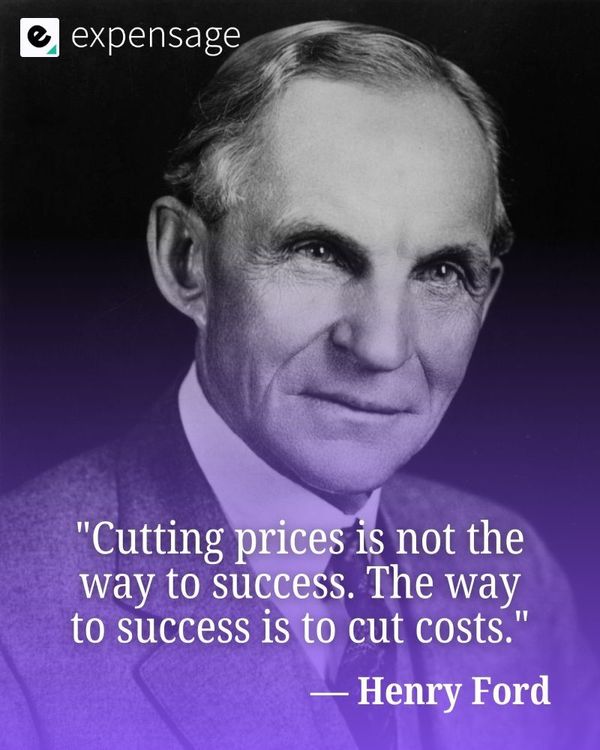
Operational Excellence Over Price Wars: The Henry Ford Blueprint for Sustainable Business Growth
Beyond Price Cuts: Real-World Strategies for Sustainable Profitability
Henry Ford’s legacy teaches us that operational excellence—not relentless price competition—is the foundation of enduring business success . Today, this principle is more relevant than ever . Let’s explore how modern companies are applying Ford’s philosophy to thrive in competitive markets without sacrificing customer value or profitability .
Modern Approaches to Cost Structure Optimization
1. Streamlining Technology and Software
Many organizations overspend on technology, often paying for unused software licenses or redundant applications . IBM, for example, consolidated over 16,000 applications down to 4,200, significantly reducing IT costs and complexity . By regularly auditing their tech stack, businesses can eliminate wasteful spending and focus on tools that truly add value .
2. Smarter Workforce Management
Data-driven workforce analytics help businesses optimize talent deployment and productivity . When Parts ASAP acquired multiple companies, it used employee performance data to identify and address inefficiencies, resulting in a 122x ROI and $6.82 million in added benefits . This approach improved productivity by 18% and reduced non-productive time by 42% .
3. Embracing Hybrid and Remote Work
Shifting to hybrid or remote work models can cut costs related to office space, utilities, and facilities management . FAM Brands leveraged location insights to expand its talent pool and minimize office expenses, discovering that remote employees were often more productive than their in-office counterparts .
4. Leveraging Automation and AI
Automation allows organizations to streamline repetitive tasks, freeing up employees for higher-value work and reducing errors . Automation has been credited with saving businesses billions in data error corrections and boosting employee engagement .
5. Supplier Negotiations and Strategic Sourcing
Negotiating better terms with suppliers—such as bulk discounts, extended payment periods, or consignment deals—can transform a company’s cost structure . Rather than simply seeking cheaper vendors, businesses that build strategic supplier relationships often unlock more sustainable savings .
Operational Excellence in Action: Case Studies
- Mining Industry: A multinational mining company increased output by 40% in two years without additional capital investment, simply by optimizing technology and processes . These improvements allowed the company to remain resilient during economic downturns .
- Financial Services: A North American financial institution cut costs by 11% and reduced quality issues by 25% through targeted technology deployment and real-time performance monitoring .
- Small Businesses: Entrepreneurs have boosted profits by renegotiating supplier contracts, downsizing office space, and repurposing production waste into new products—all without reducing customer value or resorting to price cuts .
Practical Steps for Your Business
- Audit and Consolidate: Regularly review technology, subscriptions, and vendor relationships to eliminate redundancies .
- Map and Streamline Processes: Use process mapping and lean management to identify and remove bottlenecks, reducing waste and improving efficiency .
- Invest in People and Data: Use workforce analytics to uncover hidden capacity and optimize headcount planning .
- Negotiate Smarter: Work with suppliers to secure better pricing, payment terms, or partnership models that benefit both parties .
Conclusion: Efficiency as a Competitive Advantage
Ford’s insight remains a guiding light: focus on delivering value as efficiently as possible, rather than racing to the bottom on price . By optimizing your cost structure—through technology, people, processes, and partnerships—you can preserve profitability, invest in innovation, and position your business for sustainable growth, even in uncertain times .




